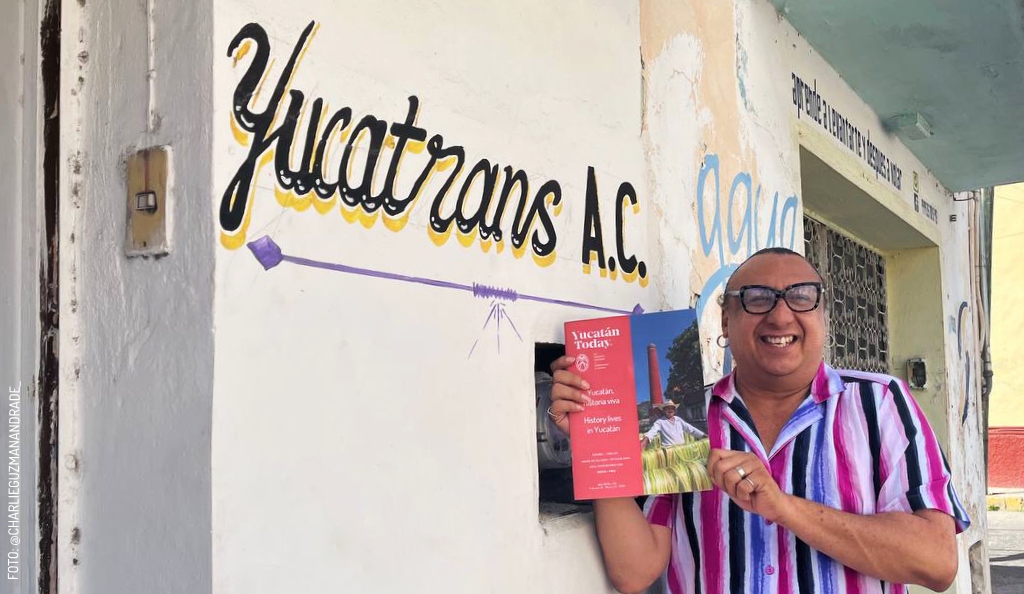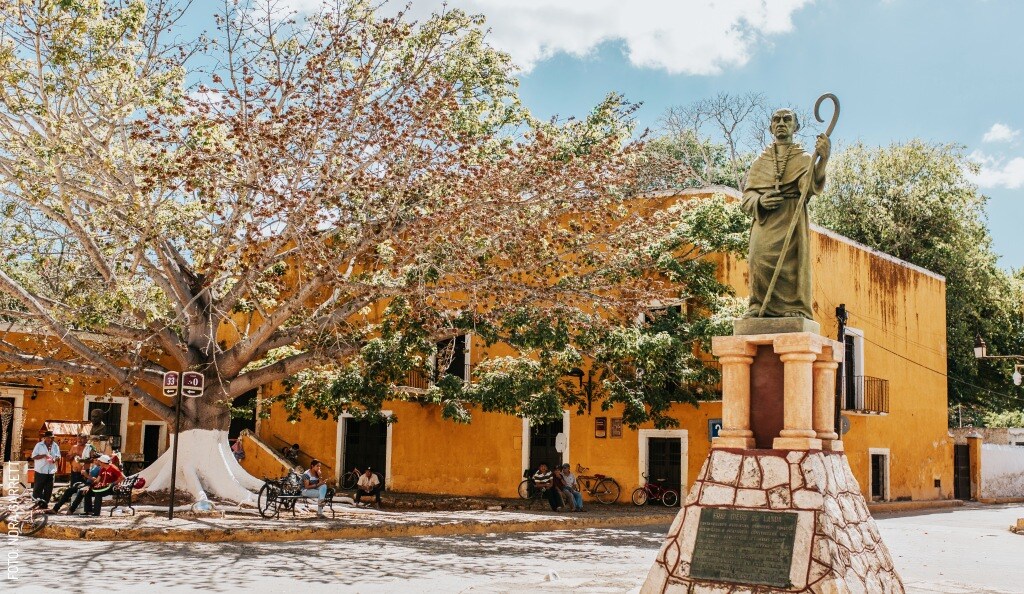
Who Keeps the History of a City? Discover Yucatán’s City Chroniclers
City Chroniclers (Cronistas): Guardians of History ¿Who are they? ¿What do they do?Who Keeps the History of a City? Discover Yucatán’s City Chroniclers
Imagine one day you lose your memory. You don’t know who you are, where you come from, or even your own birthday. You can’t remember what you did this morning—basically, you have no idea what’s going on in your life. With no sense of direction, your future becomes a path with no destination.
Just like individuals, the same can happen to cities and towns. Without knowledge of their past, they become unaware of their present and less prepared for the future. As the famous saying goes, “Those who do not know their history are doomed to repeat it.” To prevent this from happening, there is someone responsible for safeguarding a society’s memory: the cronista de la ciudad, a figure similar to a city chronicler or town historian.
The role of a cronista
But who exactly is this figure? According to the Oxford English Dictionary, a chronicler is a recorder of events. When it comes to a city or town, an official chronicler’s job involves recording everything from major events to the smallest incidents—the history, both with a capital “H” and lowercase “h.” They do this through interviews, documentary research, and fieldwork.
Dates, names, and significant events in the development of a community—all those facts you read in history books—are investigated, verified, and compiled by the official cronista.
The Association of Cronistas and Historians of Yucatán, A.C.
In the words of Dr. Carlos Cosgaya Medina, president of the Asociación de Cronistas e Historiadores de Yucatán, A.C. (the Association of Yucatán Chroniclers and Historians), many people today publish texts that spread information from unreliable sources or from oral traditions without scientific backing or analysis. That’s why, since 2018, the Association of Yucatán Chroniclers and Historians was established to conduct reliable historical research, disseminate it through publications and interviews, and safeguard both tangible and intangible cultural heritage.
Who appoints Yucatán’s city chroniclers or town historians?
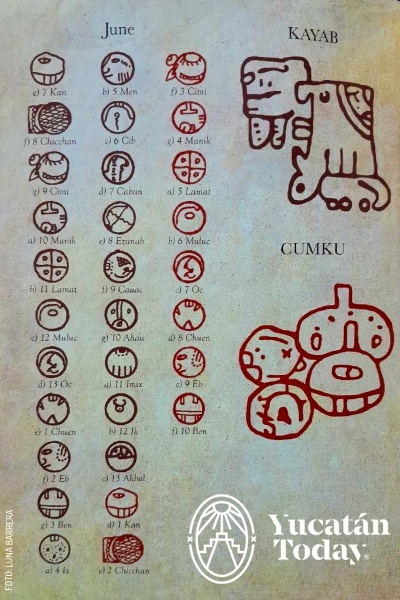
Now, you may be wondering, how does someone become the chronicler of a city? Their appointment is the responsibility of the municipal authority. Typically, they look for someone honorable and respectable, who lives in the area and knows its customs and history. Currently, there is no official or standardized form to become one, but according to Dr. Cosgaya, a state law proposal is being developed to legally recognize the role of the chronicler and historian, including selection criteria, term length, and more.
There’s also no specific professional career path to guarantee becoming a cronista. Being a historian does not automatically qualify someone for the role; in fact, many chroniclers, if not historians, are often people involved in communication, such as journalists and writers.
Regardless of their background and studies, chroniclers must be passionate about history, familiar with research methods, and have a love for writing and sharing knowledge. After all, their work should be reflected in books or articles published in newspapers and magazines.
On the surface, being a chronicler seems like a dream job: investigating, discovering hidden or lesser-known places, interviewing locals and authorities, and sifting through old archives for information—essentially being the Indiana Jones of the city. The only downside is that it's an honorary position, with no salary.
However, cronistas rarely complain about this, as their work is a labor of love, driven by their passion for their city and community, and it often carries the prestige of the position. For instance, when we think of famous chroniclers in México, names like Salvador Novo, Carlos Monsiváis, Artemio de Valle-Arizpe, Guillermo Tovar y de Teresa, and Ángeles González Gamio come to mind as symbols of respectability. In Yucatán, figures like Renán Irigoyen Rosado, Juan Francisco Peón y Ancona, Leopoldo Roldán Peniche, and the recently deceased Jorge Álvarez Rendón have left a significant literary legacy.
Official cronistas in Yucatán
Historically, the first cronista of Yucatán was Fray Diego de Landa, the religious figure who conducted the infamous auto da fe of Maní and later wrote “Relación de las cosas de Yucatán,” a comprehensive account of everything the Spanish cleric knew about the land and its people—an authentic chronicle of his time.
Nowadays in Yucatán, both cities and some towns have their official chroniclers, sometimes even more than one, as the position can be held by multiple people simultaneously. For example, Mérida has had two or more cronistas at various times. Currently, there are 13 official chroniclers in Yucatán, five of whom represent four Magical Towns: Valladolid (2), Izamal, Tekax, and Espita. The others document the lives of communities in Peto, Tizimín, Panabá, Ticul, Cansahcab, Progreso, Teabo, and of course, Mérida.
Community writers in Yucatán
 There are also unofficial chroniclers—people who, out of love for their community, gather information, write notes, and record videos they upload on social media, covering topics typically addressed by a cronista. Although their information is not considered official, it is often fascinating. According to Dr. Cosgaya, these figures are known as “community writers” rather than chroniclers, and they are currently active in places like Tekal de Venegas, Hunucmá, Tixkokob, Dzidzantún, Dzilam González, Muna, Ixil, Buctzotz, and the Magical Town of Motul.
There are also unofficial chroniclers—people who, out of love for their community, gather information, write notes, and record videos they upload on social media, covering topics typically addressed by a cronista. Although their information is not considered official, it is often fascinating. According to Dr. Cosgaya, these figures are known as “community writers” rather than chroniclers, and they are currently active in places like Tekal de Venegas, Hunucmá, Tixkokob, Dzidzantún, Dzilam González, Muna, Ixil, Buctzotz, and the Magical Town of Motul.
So, the next time you read a fact about the place you live in—like its etymology, the origin of a beloved tradition, the history behind a delicious dish, or the families who lived in those old houses in Centro—chances are that information was traced by the official cronista, who is, in a way, the memory card of the city. Without them, the urban machinery doesn’t run quite as smoothly.
Photography by Nora Garrett, Olivia Camarena y Luna Barrera, for its use in Yucatán Today.
First published in Yucatán Today print and digital magazine no. 443, in November 2024, by the name of "City Chroniclers (Cronistas): Guardians of History".
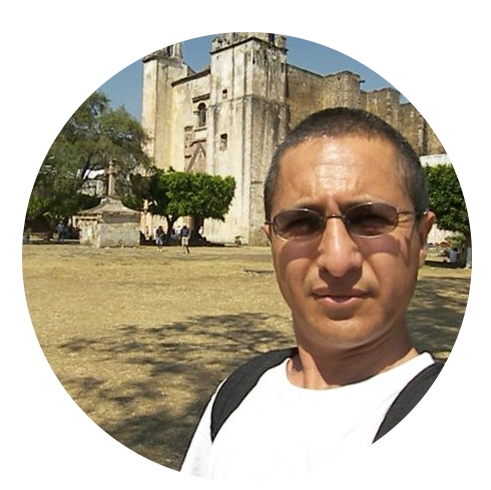
Author: Alberto Chuc
I like to travel through books and in the real world, activities that I combine whenever I can.
In love with Yucatán? Get the best of Yucatán Today delivered to your inbox.
Related articles
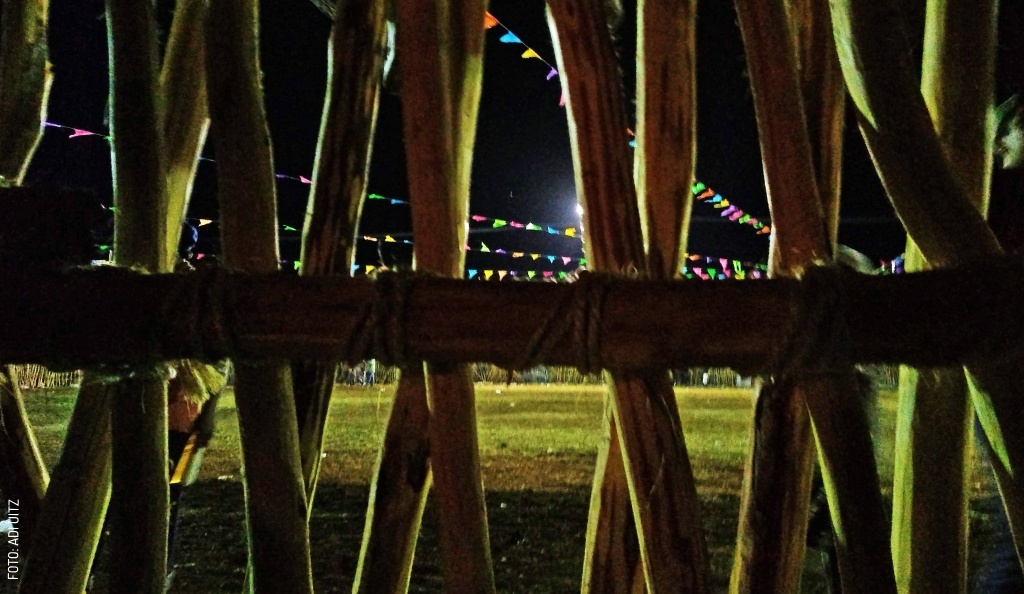
The Handmade Bullrings in Tixkokob, Yucatán
Traditional Yucatecan festivals include the construction of “bullrings” made of wood; Discover how this community feat is carried out.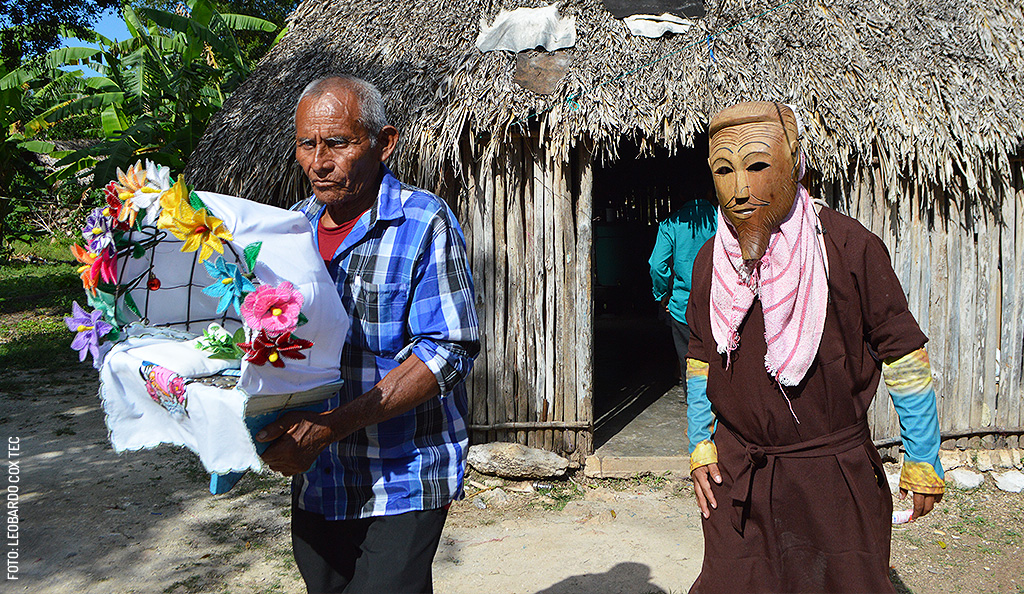
The Dance of the Elders (Danza de Señores): Satire and Faith in...
Dance of the Lords in Chikindzonot: Maya tradition and hidden satire. Celebrate the start of the year with dance, the Devil, and the ritual offering...